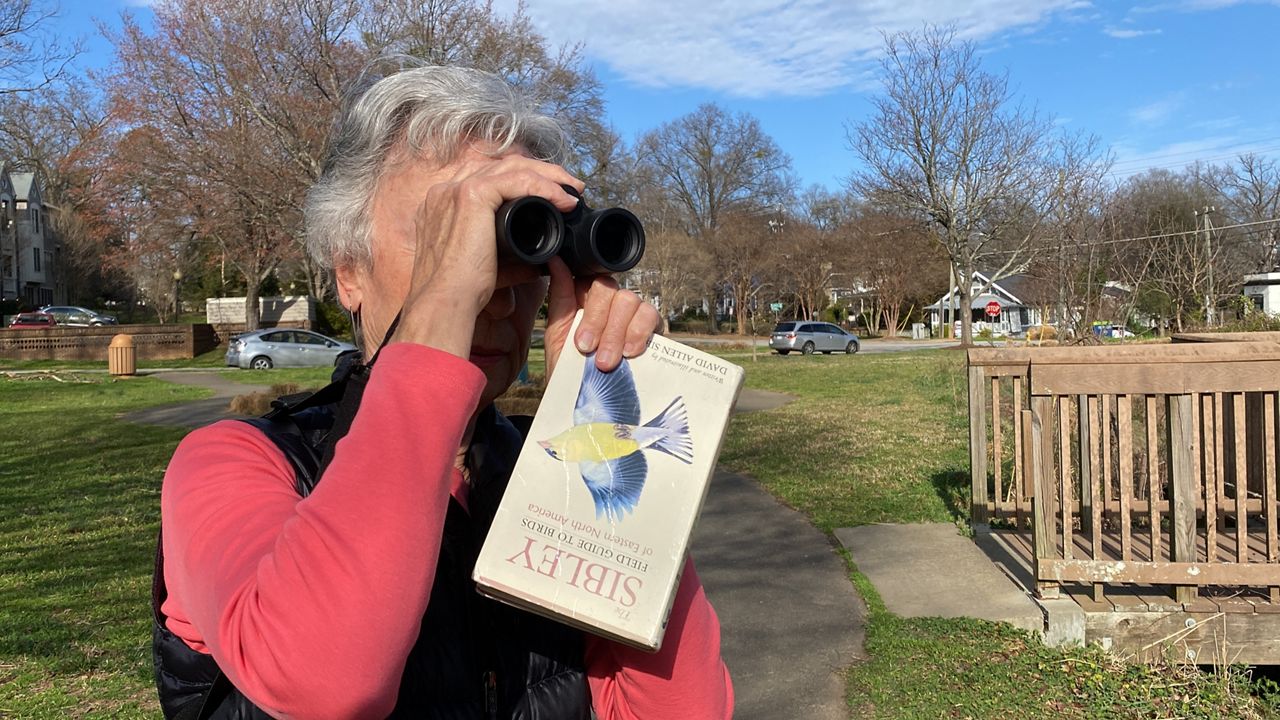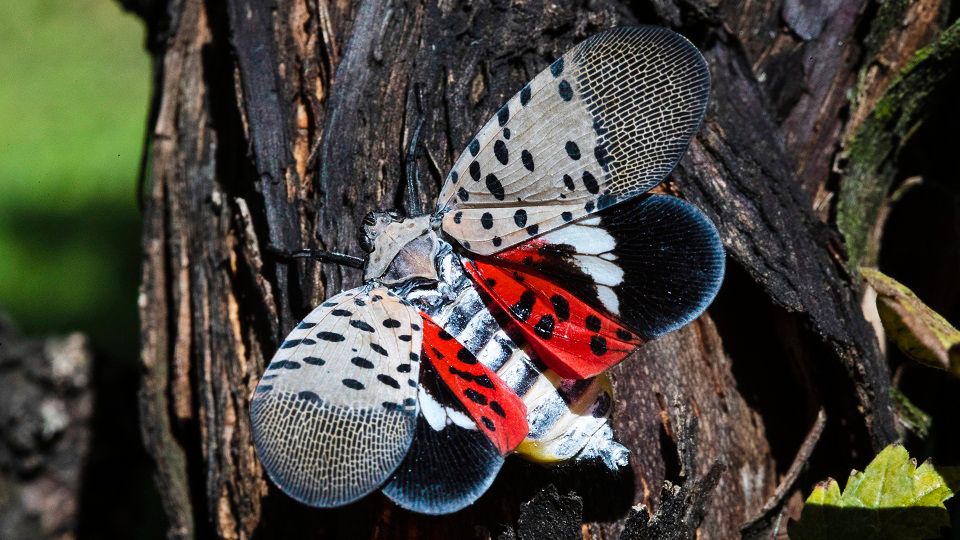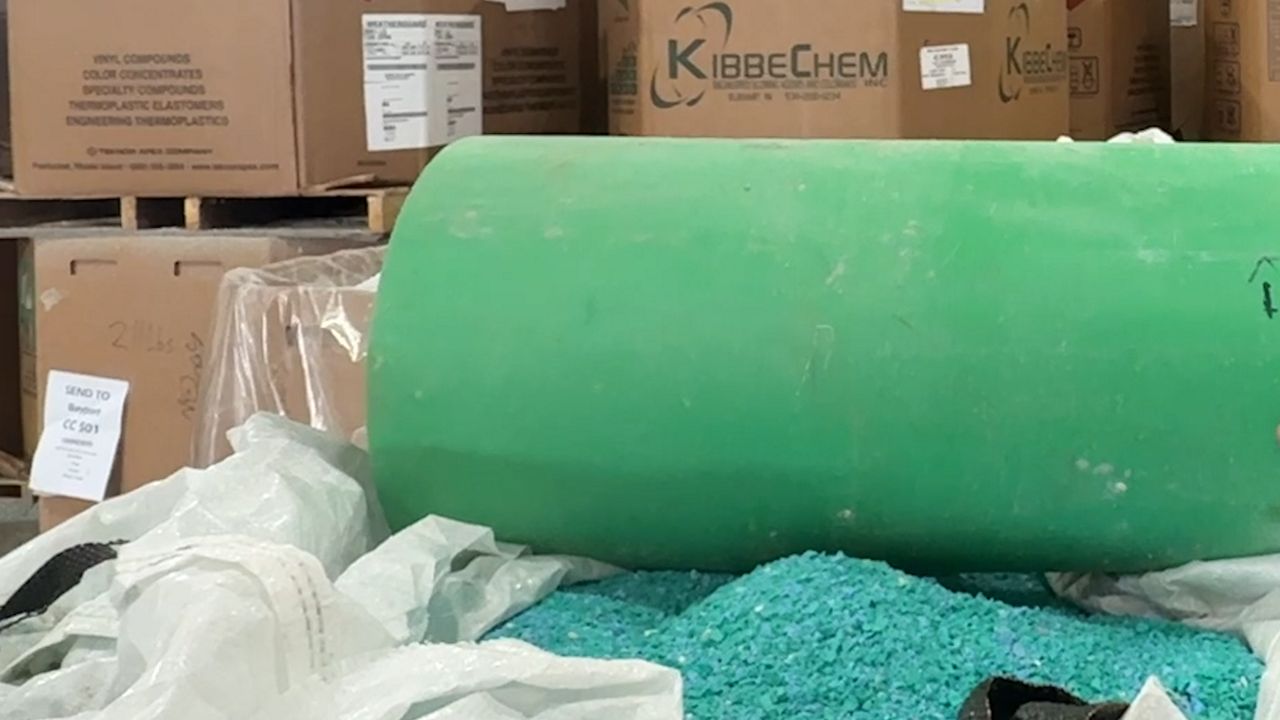OHIO — Many migratory birds have already returned to the Buckeye State, some settling for the season but others continue to travel to their nesting regions.
Wildlife officials are reminding residents that there are multiple ways to help these birds navigate Ohio, including some simple steps like turning off the lights.
According to Ohio Lights Out, a campaign dedicated to reducing bird collision deaths and helping building owners and managers lower energy costs, there are millions of birds who travel Ohio each migratory season.
The campaign focuses on bird conservation, aiming to reduce bird collision deaths, as well as assist building owners and managers in decreasing their energy costs. Researchers estimate that between 365 and 988 million birds die in the U.S. from building collisions annually. One study suggested that the numbers could be 1.7 billion or more each year.
A key component of the campaign is to turn off outdoor lights between 11 p.m. and 6 a.m., particularly during migratory seasons ranging from mid-March to early June and again in the fall from early September to October. Many birds travel at night and can become disoriented by artificial lights.
For Ohio, several cities have programs through the campaign and registered buildings that aim to reduce their lighting during migratory seasons. Among the Ohio cities are Akron-Canton, Cleveland, Columbus, Cincinnati, Miami Valley and Toledo.
There are other steps that residents can take to help birds.
The Cincinnati Zoo & Botanical Gardens says birds do not recognize reflections or glass the same way as human. One way to help reduce fatal glass collisions is to make windows bird-safe, through “Feather Friendly” dots, window decals or even painting with soap or tempura paint to help birds spot the difference.
Another way the zoo recommends helping migratory birds is by planting native trees and shrubs to provide habitats, food and nesting areas. The zoo said bird-baths are also helpful for the creatures; however, shallow, moving water is better for them rather than a chlorinated fountain.
A major contributing factor to bird deaths across the country is not only window collisions, but domestic cats. Cincinnati Zoo reminds owners that keeping cats indoors can protect both their pets and the neighborhood birds. According to the zoo, outdoor cats, both feral and domesticated, kill about 2.4 billion birds.











